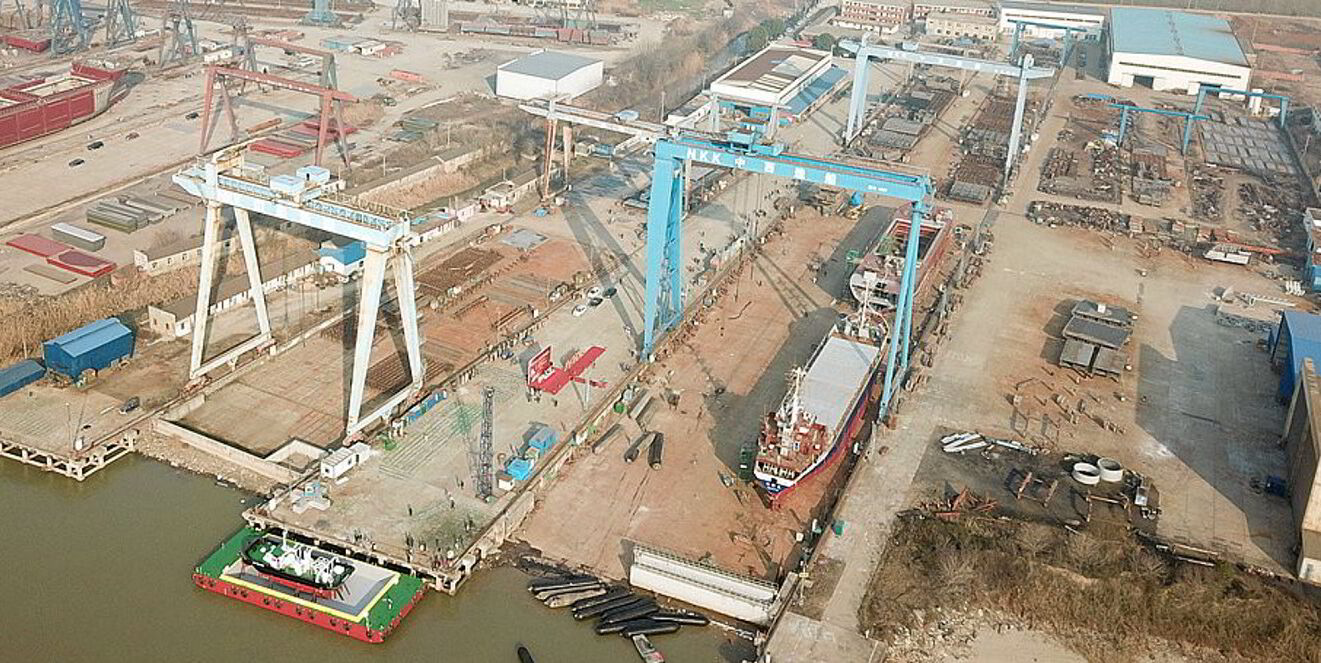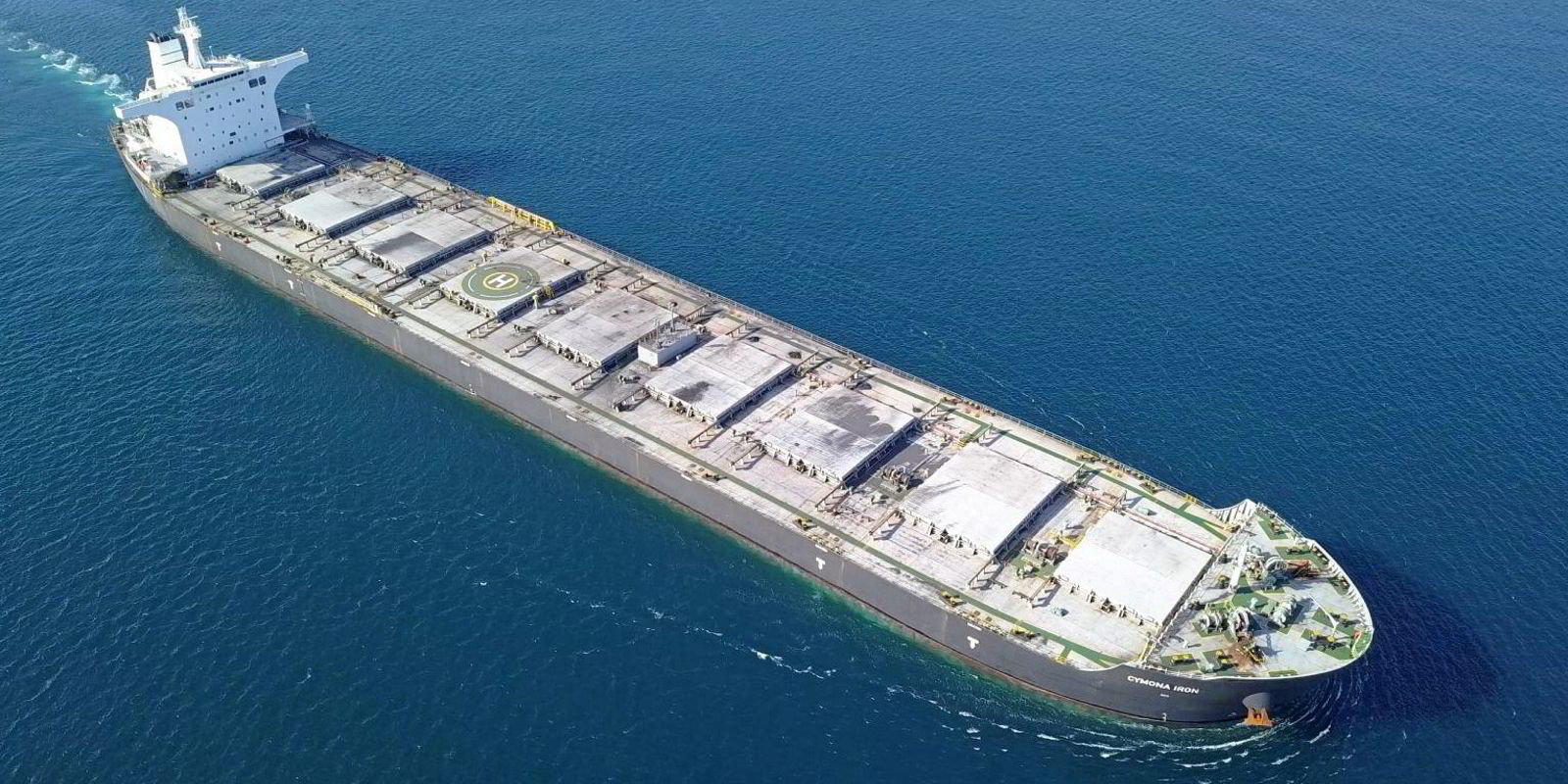Nakanishi Shipbuilding, a Japanese shipyard usually associated with small bulkers, general cargo ships and container ships, has won a breakthrough order that puts it in the market for larger handysize vessels.
The Japanese firm’s Chinese subsidiary, Yangzhou Nakanishi, will build a 40,000-dwt ship on behalf of a Greek-Japanese partnership consisting of Alassia NewShips Management and Itochu Corp.
Nicolas Hajioannou-led Alassia confirmed the order to TradeWinds, specifying it concerns a conventionally fuelled ship that will comply with the International Maritime Organization’s Tier III NOx and Energy Efficiency Existing Ship Index Phase 3 standards. Delivery is scheduled for 2026.
The price of the transaction was not revealed.
Nakanishi was founded in 1901 but has also expanded in China to combine the advantages of China’s shipbuilding infrastructure with Japan’s know-how.
According to its website, Yangzhou Nakanishi has two berths and its four portal cranes and one overhead crane allow it to handle large ships.
The yard’s Japanese ownership, coupled with Alassia’s preference for Japanese-built tonnage and longstanding partnership with Itochu, motivated the decision to order the vessel there.
“This is our first newbuilding in China but it carries Japanese DNA,” the Athens-based company’s managing director Basil Sakellis told TradeWinds.
Another aspect of the ship’s Japanese heritage is its design by Mitsui E&S Shipbuilding (MES-S), which licensed the basic design to Nakanishi.
“Through various engineering services such as design license, MES-S will continue to contribute to the development of the maritime industry as a whole including both shipyards and shipowners,” Mitsui E&S said in a statement.
For Alassia, this is the second foray into shipbuilding after October, when the company booked its first new orders in a decade for a pair of 64,000-dwt ultramaxes and a single 82,000-dwt kamsarmax at Oshima Shipbuilding.
Hajioannou family companies were the first Greek clients Oshima accepted doing business with four years ago, after decades in which the Japanese yard had shunned Greek owners.
Alassia’s new move at Nakanishi also signals the company’s return to handysizes — a segment it had briefly left to focus on bigger bulkers.
Sakellis, however, never ruled out a return to handysizes, provided Alassia found an opportunity to do so with modern newbuildings or secondhand ships.
Alassia’s fleet renewal also involves occasional sales of relatively older vessels.
As TradeWinds reported, the company divested one capesize and one kamsarmax at the end of last year: the 176,500-dwt Cymona Iron (renamed Elos, built 2011), which reportedly fetched close to $27m, as well as the 81,400-dwt Cymona Galaxy (renamed Kyra Thaleia, built 2009) for about $15m.
Its four newbuildings apart, Alassia’s active fleet on the water consists of eight panamax, post-panamax and kamsarmax vessels.






